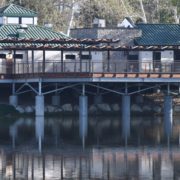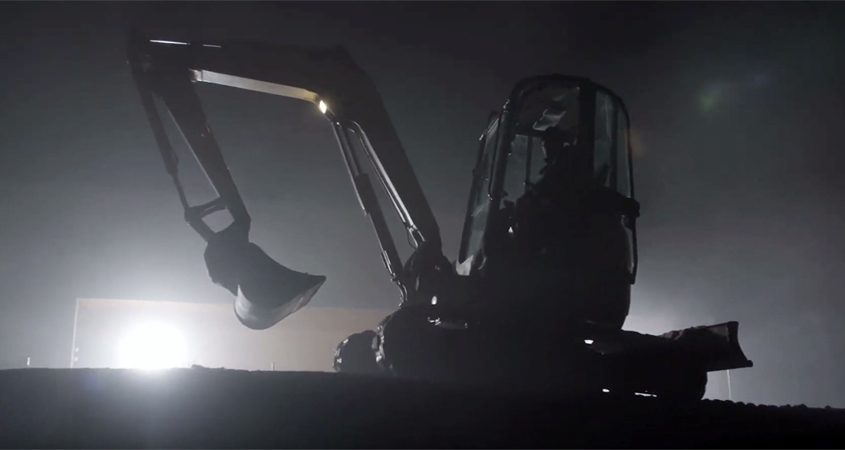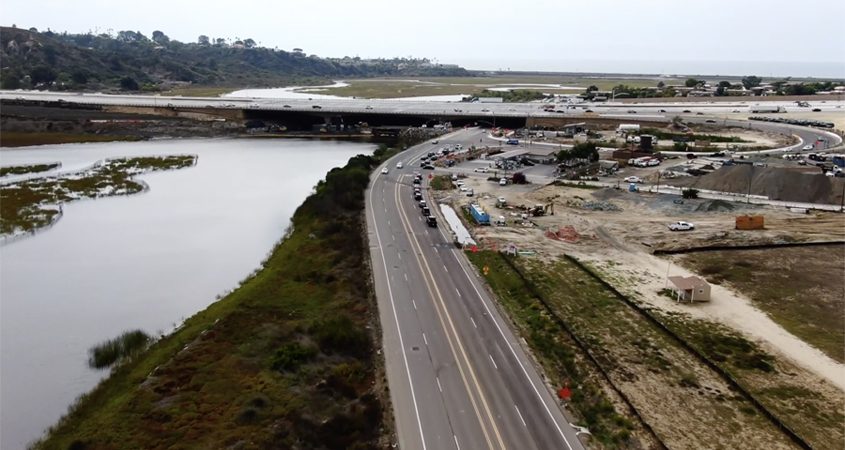The National Association of RV Parks & Campgrounds named the Santee Lakes Recreation Preserve its Park of the Year in the Large Park category for its guest experience and overall excellence.
The association, or ARVC, also recognized Santee Lakes as a “Plan-It Green Friendly Park of the Year” for its environmentally-friendly practices across all park operations and its commitment to sustainability. Judges make their decision based on several criteria: guest experiences, all-around excellence in operations, professionalism, marketing, customer service, and industry involvement.
Both awards were presented at the 2021 Outdoor Hospitality Conference & Expo. Park Director Laura Koval accepted the awards in person on behalf of Santee Lakes.
“Despite the numerous challenges we faced during the COVID-19 pandemic, Santee Lakes still managed to embrace our family-friendly camping culture and create a much-needed respite from stressors in the world,” said Koval. “As one guest said, “First campground I’ve been to in a while that feels like home.”
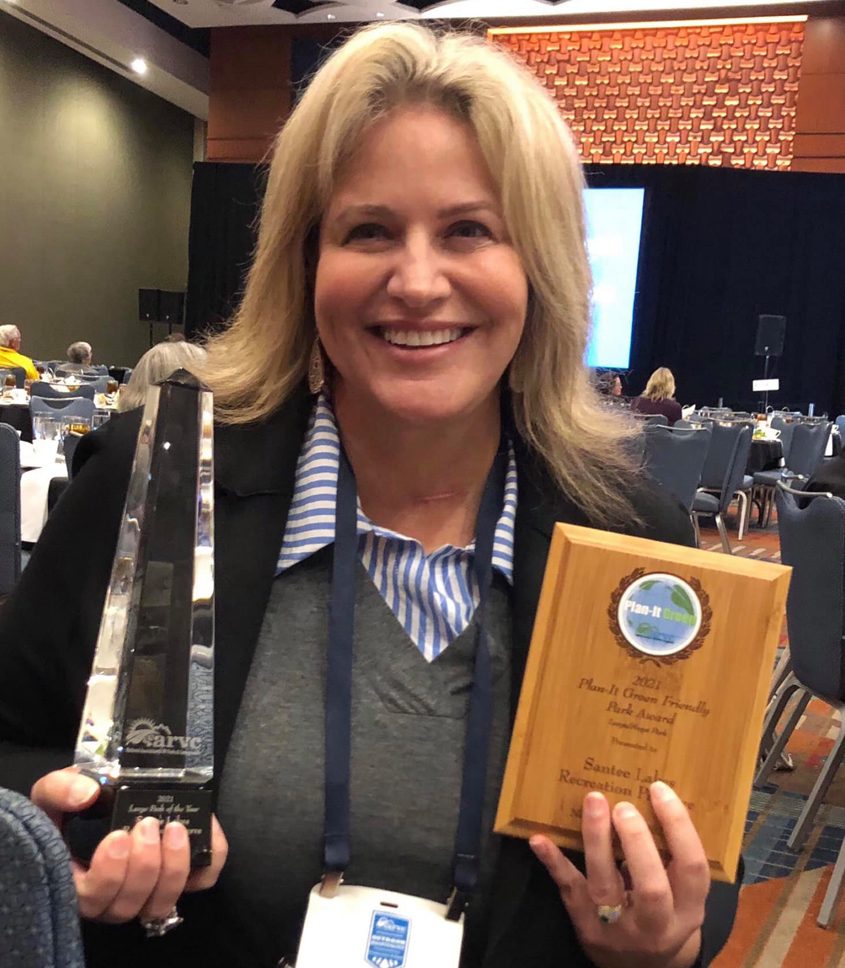
Santee Lakes Park Director Laura Koval accepted the awards in person on behalf of Santee Lakes. Photo: Padre Dam Municipal Water District
Santee Lakes “a shining star”
“The ARVC Park of the Year Awards showcase excellence at so many levels, and Santee Lakes is a shining star reaching the highest level of recognition,” said ARVC President and CEO Paul Bambei. “To win both Park of the Year and Plan-It Green Park of the Year in 2021 is quite an accomplishment, and it shows the high level of excellence Santee Lakes provides its customers, employees, and community.”
In addition to its most recent honors, Santee Lakes was also named to The San Diego Union-Tribune’s “Best 2021” reader poll in the categories Staycation Location, Scenic Spot, San Diego Attraction, Entertainment Venue, Place to Get Married, and Hiking Trail. It also won “Favorite Place” from the Santee Chamber of Commerce and San Diego’s Reader’s Poll as one of its “Favorite Places to Get Married.”
Sixty years of community recreation
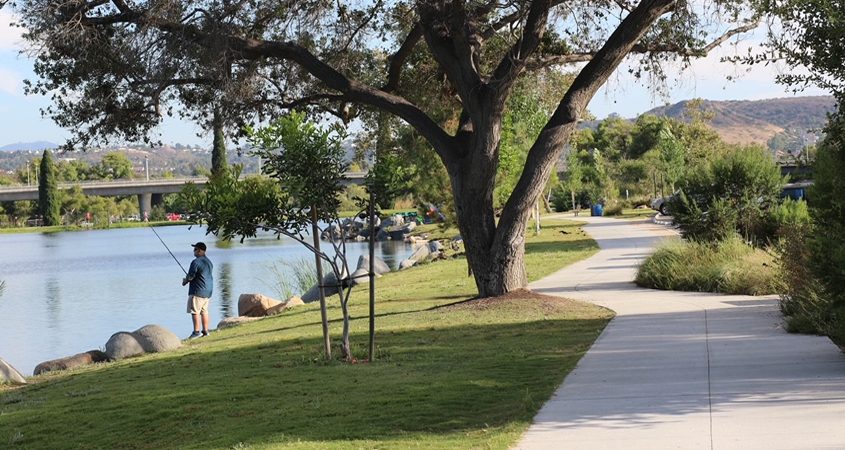
Fishing remains among the favorite activities. Santee Lakes was recently stocked with rainbow trout for the winter season. Photo: Padre Dam Municipal Water District
Santee Lakes celebrates 60 years of operation in 2021. In 1959, the Santee County Water District, now the Padre Dam Municipal Water District, initiated a then-unique project of recycling wastewater for irrigation and commercial uses. As part of the treatment process, a chain of seven individual lakes was developed. Boating and fishing were authorized in 1961, and Santee Lakes opened to the public.
Today, Santee Lakes Recreation Preserve hosts over 760,000 visitors annually. The 190-acre park’s lakes are stocked with fish year-round, most recently on December 17. Other amenities include camping, cabin rentals, fishing, boating, playgrounds, walking trails, facility rentals, special events, and approximately 230 bird species.
Santee Lakes is self-sustaining
The park is owned and operated by Padre Dam Municipal Water District. However, it is self-sustaining and receives no funds from water or wastewater ratepayers. The Park operates from guest user fees, grants and awards, collaborations with community groups, and sponsorships.
“We are humbled to receive these honors, especially during the year of our 60th anniversary,” said Koval. “The staff has worked tirelessly to maintain Santee Lakes as an environmentally sustainable and premier destination. These awards will be cherished for many years to come.”
(Editor’s note: The Padre Dam Municipal Water District is one of the San Diego County Water Authority’s 24 member agencies that deliver water across the metropolitan San Diego region.)

